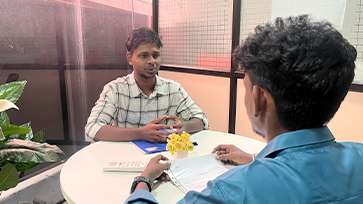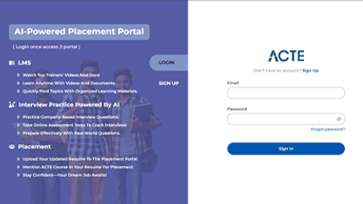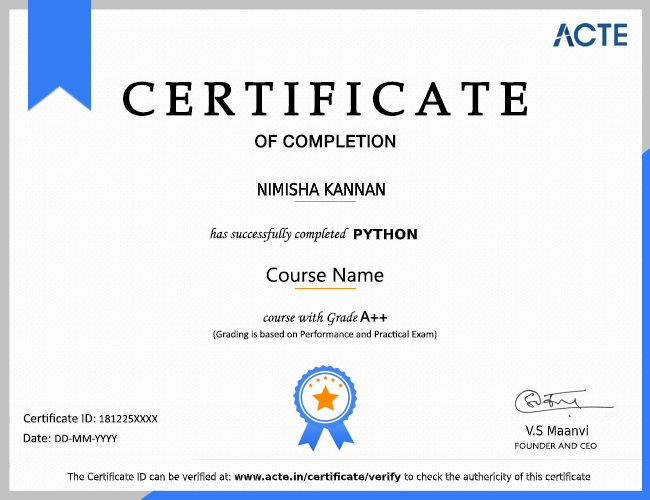RStudio is an IDE used for R Programming which is available as open-source and commercial software for Desktop and Server products. Download RStudio Desktop from the RStudio downloads page. On the successful download of the file, run the .exe file and complete the installation. Open the RStudio App and you will see that the entire window is divided into 4 panes. Start learning with us ACTE R Programming Classroom & Online Training Course.
R Programming is very useful for career.Careers in R programming are associated with the data science and business analytics profession. ... R programmers are a good fit for the research-oriented industry for statistical model implementation for data analysis. professionals want to upgrade their career in data science R programming is a preferred choice.
R Programming, have great scope, Scope is high Basically, R is now considered as the most popular analytic tool.R Careers offers bright jobs for any data scientist he may be any fresher or experienced. Organizations expect many of the new hires with knowledge of R and they want them to be familiar with the R tool.
Even as a fresher, you can get a job in R Programming domain. R is the name of a popular programming language that has become the tool of choice for data scientists and statisticians around the world. Companies are using analytics to predict things like pricing of their products, how much to spend on ads, whether a drug will turn out to be successful or not etc. and R is helping them analyse historical data to make these predictions.
The business analytics field has been dominated by paid tools such as SAS, Statistica and SPSS (IBM). Even though some of these tools can be very expensive (with software licenses running into millions of dollars), the value coming out of their application is far more and hence companies did not mind spending so much.
We are happy and proud to say that we have strong relationship with over 700+ small, mid-sized and MNCs. Many of these companies have openings for R Programming. Moreover, we have a very active placement cell that provides 100% placement assistance to our students. The cell also contributes by training students in mock interviews and discussions even after the course completion.
Coin package in R provides various options for re-randomization and permutations based on statistical tests. When test assumptions cannot be met then this package serves as the best alternative to classical methods as it does not assume random sampling from well-defined populations.
- Knowledge of statistics theory in mathematics.
- You should have solid understanding of statistics in mathematics.
- Understanding of various type of graphs for data representation.
- Prior knowledge of any programming.
Learn R. Can someone with no programming knowledge learn “R”? The answer is yes! ... Despite not having any previous programming experience , I analyzed my first data set of more than 20,000 data points in only a couple of months.
Our course ware is designed to give a hands-on approach to the students in R Programming. The course is made up of theoretical classes that teach the basics of each module followed by high-intensity practical sessions reflecting the current challenges and needs of the industry that will demand the students’ time and commitment.
Yes Definitely! From my point of view learning, R language has a worth to learn. R is the best programming language to perform analytical operation. The number of applications such as healthcare, finance, media use R programming to analyze their data.
Advanced R Programming takes around 1 month to master to a level so that you can start writing analytics functions.
If you have experience in any programming language, it takes 7 days to learn R programming spending at least 3 hours a day. If you are a beginner, it takes 3 weeks to learn R programming. In the second week, learn concepts like how to create, append, subset datasets, lists, join.
- Backed by a Huge, Active Community.
- Comprehensive Library Support.
- Cross-Platform Compatibility.
- Data Visualization at its Best.
- Develop Interactive, Powerful Web Apps With Shiny.
- Go-to Option for Statistical Analysis and Data Science.
- High Market Demand With High-Paying Roles.
- Major Companies Trust R.
Future Scope Of R Programming
Generally, while doing programming in any programming language.
you need to use various variables to store various information. Variables are nothing but reserved memory locations to store values.
This means that, when you create a variable you reserve some space in memory.
You may like to store information of various data types like character, wide character, integer, floating point, double floating point, Boolean etc.
Based on the data type of a variable, the operating system allocates memory and decides what can be stored in the reserved memory.
In contrast to other programming languages like C and java in R, the variables are not declared as some data type.
The variables are assigned with R-Objects and the data type of the R-object becomes the data type of the variable. There are many types of R-objects. The frequently used ones are −
- Vectors
- Lists
- Matrices
- Arrays
- Factors
- Data Frames
The simplest of these objects is the vector object and there are six data types of these atomic vectors, also termed as six classes of vectors. The other R-Objects are built upon the atomic vectors.
In R programming, the very basic data types are the R-objects called vectors which hold elements of different classes as shown above. Please note in R the number of classes is not confined to only the above six types. For example, we can use many atomic vectors and create an array whose class will become array.
Vectors
When you want to create vector with more than one element, you should use c() function which means to combine the elements into a vector.
Lists
A list is an R-object which can contain many different types of elements inside it like vectors, functions and even another list inside it.
Matrices
A matrix is a two-dimensional rectangular data set. It can be created using a vector input to the matrix function.
Arrays
- While matrices are confined to two dimensions, arrays can be of any number of dimensions.
- The array function takes a dim attribute which creates the required number of dimension.
- In the below example we create an array with two elements which are 3x3 matrices each
Factors
- Factors are the r-objects which are created using a vector.
- It stores the vector along with the distinct values of the elements in the vector as labels.
- The labels are always character irrespective of whether it is numeric or character or Boolean etc. in the input vector. They are useful in statistical modeling.
- Factors are created using the factor() function. The nlevels functions gives the count of levels.
Data Frames
- Data frames are tabular data objects. Unlike a matrix in data frame each column can contain different modes of data.
- The first column can be numeric while the second column can be character and third column can be logical. It is a list of vectors of equal length.
- Data Frames are created using the data.frame() function.
- A variable provides us with named storage that our programs can manipulate.
- A variable in R can store an atomic vector, group of atomic vectors or a combination of many Robjects.
- A valid variable name consists of letters, numbers and the dot or underline characters.
- The variable name starts with a letter or the dot not followed by a number.































